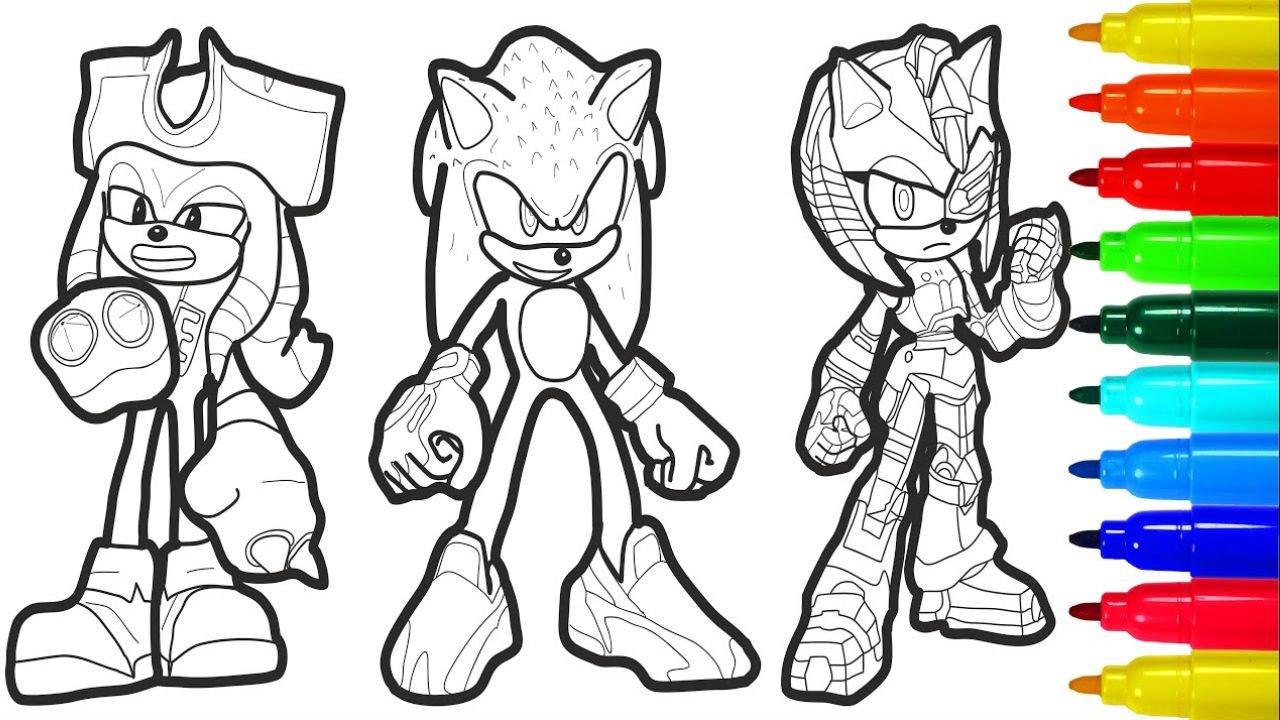Homophones are the unsung heroes of language—they sound the same but carry completely different meanings, often adding richness, complexity, or humor to our communication. For language lovers, educators, and even animal enthusiasts, homophones offer a playful intersection of linguistics and creativity. But have you discovered the potential of new animal homophones as tools for both fun and education?
This post dives into the world of animal homophones—their basics, their novelty in language, and their potential to elevate communication, education, and even creativity. Whether you want to sharpen your language skills, engage the kids in a learning activity, or explore creative ways to use words, we’ve curated everything you need.
What Are Homophones and Why Are They Important?
Homophones are words that sound identical but have different meanings, spellings, or uses. For example, “flower” (the bloom on a plant) and “flour” (the powder we bake with) are classic homophones. People use them constantly—whether they’re writing, speaking, or enjoying a pun—but often without realizing their linguistic significance.
Why Homophones Matter:
- They Enhance Linguistic Accuracy: Knowing homophones ensures more precise communication by helping differentiate meanings.
- They Strengthen Writing Skills: Homophones are vital for language learners, ensuring better grammar usage.
- They Add Fun to Education: Homophones are a goldmine for teachers and educators who want interactive language activities.
- They Fuel Creativity: Writers, poets, and marketers often incorporate wordplay with homophones to create impactful and memorable messaging.
But how do animal homophones fit into this equation?
Introduction to Animal Homophones
Animal homophones are a subcategory of homophones where at least one of the terms refers to an animal. Unlike common homophones, these often carry vibrant imagery and associations, making them especially engaging for communication and learning.
Examples of Common Animal Homophones:
- Bear/Bare
- “Bear in the woods” versus “bare hands” or “bare truth.”
- Deer/Dear
- “The deer grazed in the meadow” versus “my dear friend.”
- Hare/Hair
- “The hare ran away” versus “combing my hair.”
These examples are charming staples in wordplay. However, venturing into new animal homophones unlocks even more creativity—and might even surprise seasoned language enthusiasts.
Lesser-Known New Animal Homophones
Let’s examine some exciting and unique examples of animal homophones you may not have encountered before. Understanding and using these can breathe fresh creativity into any conversation or lesson plan:
Sea/See
- Animal Association: “Sea” evokes marine animals like dolphins and whales.
- Example: “The vast sea is mesmerizing, don’t you see?”
Fowl/Foul
- Animal Association: “Fowl” points to birds like chickens or turkeys.
- Example: “Don’t play fowl games; they leave a foul taste.”
Gull/Gull (as in fool)
- Animal Association: The seabird “gull.”
- Example: “Don’t be so gull-ible around gossip.”
Ewe/You
- Animal Association: “Ewe” refers to a female sheep.
- Example: “Do ewe think it’s time to go?”
Mussel/Muscle
- Animal Association: Mussels as shellfish.
- Example: “You need both muscle and mussel for this dish!”
Exploring new animal homophones like these helps spark curiosity in language while expanding vocabulary.
How Animal Homophones Improve Communication and Education
Enhancing Communication:
- Clarity with Creativity: Using animal homophones thoughtfully adds layers to your message while making it more memorable.
- Engaging Conversations: Wordplay using homophones naturally draws attention and invites discussion.
Educational Benefits for Children and Language Learners:
- Memorization Tools: Creating vivid visuals tied to homophones helps with recall.
- Engagement through Storytelling: Teachers can embed these homophones into short stories or word puzzles to enhance learning.
- Multisensory Learning: Animal homophones allow hands-on activities by linking visuals, sounds, and writing.
Fun Activities and Games with Animal Homophones
If you’re teaching or just looking to have fun with language, here are some ways to incorporate new animal homophones into games and activities:
Animal Homophone Treasure Hunt
Create a list of animal homophones. Hide clues around the classroom or home paired with riddles based on the homophones. For instance, “I’m a bird but also something unpleasant (Fowl).”
Homophone Bingo
Create bingo cards with various animal homophones and encourage players to match words to their meanings or pictures.
Creative Writing Challenges
Challenge participants to write poems, jokes, or short stories using as many animal homophones as possible. Creativity could flow with entries like, “The gull was gullible while trying to fly.”
How Animal Homophones Go Beyond Linguistics
Animal homophones aren’t just for language learning—they’re also valuable beyond traditional linguistics in the following areas:
Creative Writing and Literature
Wordsmiths can rely on new animal homophones to enrich metaphors, similes, and puns in poems, short stories, or novels. This strengthens the depth and humor of their writing.
Branding and Marketing
Brands aiming for clever product names, slogans, or taglines often turn to homophones for a memorable impact. Imagine a beach-inspired seafood restaurant branding itself with a slogan like “Mussel Up for Flavor!”
Unlock the Power of New Animal Homophones
Whether you’re a teacher, student, writer, or simply curious about words, animal homophones provide endless opportunities for creativity and growth. By exploring new animal homophones, you’re not just having fun—you’re also enhancing your linguistic abilities and paving the way for smarter communication.
You May Also Like: The HR Lady: Transforming HR Practices with Wendy Sellers
Conclusion
Animal homophones are a fascinating and engaging tool that can enrich communication and foster creativity in both educational and casual settings. By incorporating these playful language elements into your conversations or lessons, you can make learning more enjoyable and memorable. Whether you’re a teacher, a student, or simply a language enthusiast, experimenting with animal homophones provides an innovative way to connect ideas and spark curiosity. Start exploring and sharing them today to experience the joy of language in a whole new dimension!
FAQs
What are new animal homophones?
New animal homophones are pairs of words that include at least one related to animals, sound alike, but convey different meanings (e.g., mussel/muscle).
How can new animal homophones improve learning?
They make language fun, improve vocabulary, and create engaging lessons using visual and interactive tools.
Are there specific activities to teach animal homophones?
Yes! Try treasure hunts, word bingo, or creative writing challenges to make learning both interactive and enjoyable.
How can I use animal homophones in branding?
Words like mussel/muscle or gull/gullible add humor, memorability, and creativity in advertising, product names, and slogans.
Why are animal homophones important for kids?
They boost vocabulary, support multisensory learning, and offer an entertaining way to develop language skills.










